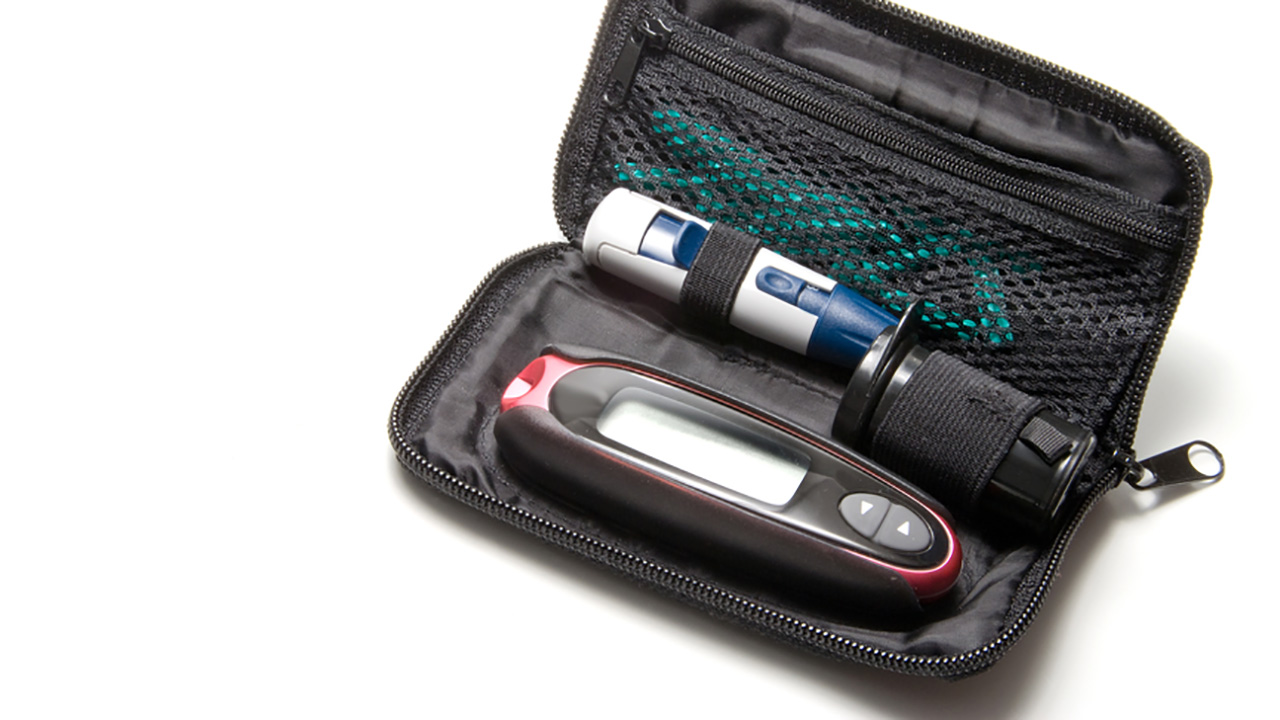What is Restless Leg Syndrome and how can you deal with it?
Restless Leg Syndrome is a condition which, to some extent, is still widely misunderstood. Although it is more prevalent amongst women in their 50’s, it is not, as this has led many people to believe, therefore simply a symptom of the menopause. Indeed, it can affect both genders and people of all ages, and it is estimated that as many of 10% of the population will find themselves suffering from the syndrome at some point in their life.
What is Restless Leg Syndrome and what are the symptoms?
A popular misconception about Restless Leg Syndrome is that it is more of a minor inconvenience than a serious condition, but a brief consideration of the symptoms should demonstrate that this is far from the case.
As the name suggests, the chief symptom is an inability to keep the legs still. This can occur at any time during the day but is most likely to strike at night when the patient is trying to get to sleep. The compulsion to move the legs can be so strong that those affected find it virtually impossible to get a decent nights sleep. This leaves patients feeling exhausted and barely able to function the next day, something which will impact on every part of their life.
On top of this is the even more worrying fact that a lack of sleep has been linked to life threatening conditions such as obesity and diabetes.
Besides the movement, other symptoms experienced by patients include:
- Aches and pains in the feet, calves and areas of the leg affected
- A ‘creeping’ and tingling sensation on the skin which has been compared to the feeling of insects crawling over the leg
What causes Restless Leg Syndrome and how is it diagnosed?
Although the symptoms of Restless Leg Syndrome are fairly clear and easy to diagnose, the underlying causes are still a topic for some debate. Some doctors feel that there is a link between the syndrome and the way in which the patient’s brain is processing dopamine, a naturally occurring chemical which helps to control muscle movements. If problems with dopamine are thought to be causing Restless Leg Syndrome, then a doctor can prescribe fairly strong medication which, although it might alleviate the problem, can also cause side effects such as nausea and drowsiness.
Underlying conditions which have been linked to Restless Leg Syndrome include:
*Diabetes
*Thyroid problems
*Vitamin deficiencies such as low levels of iron
All of these can be detected through simple tests and are treatable via either medication or, in milder cases, a change in the patient’s dietary regime. If you present to your doctor with the symptoms of Restless Leg Syndrome then they will combine an evaluation of your general state of health with a series of tests and process of elimination in order to pin down the likeliest cause and then offer the correct course of treatment.
One cause which more and more doctors are linking to Restless Leg Syndrome is the presence of varicose veins in the legs of the patient. These veins, also known as venous reflux, occur when the valves in the veins running through the leg malfunction, meaning that the blood is allowed to flow in the wrong direction. If left untreated, these veins can become both painful and unsightly, growing to form unpleasant blue swellings on the leg. Using an ultrasound scan, however, a doctor can detect the veins before they become visibly apparent, and modern treatments are both quick and convenient.
In the past, varicose veins had to be surgically removed from the leg but modern treatments, such as EVLT Laser and Clarivein work by sealing the veins rather than removing them, and can be applied during a single trip to the clinic, using only a local anaesthetic. Consequently, recovery time is reduced to a minimum and patients can simply get on with their lives, free from both varicose veins and the exhausting difficulties of Restless Leg Syndrome.











